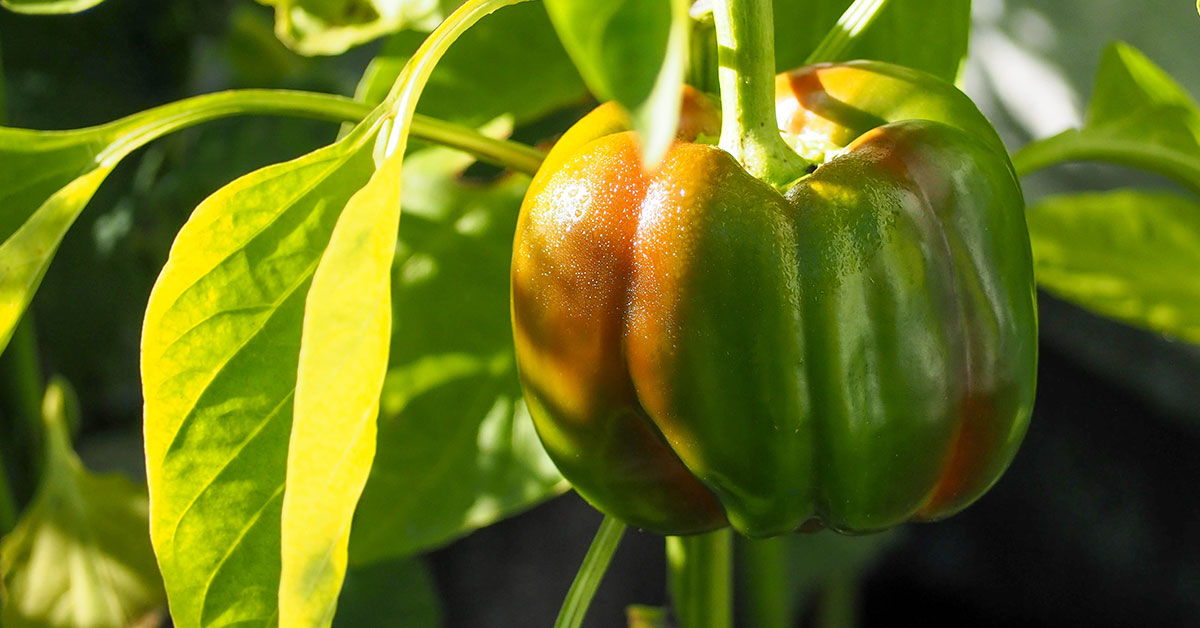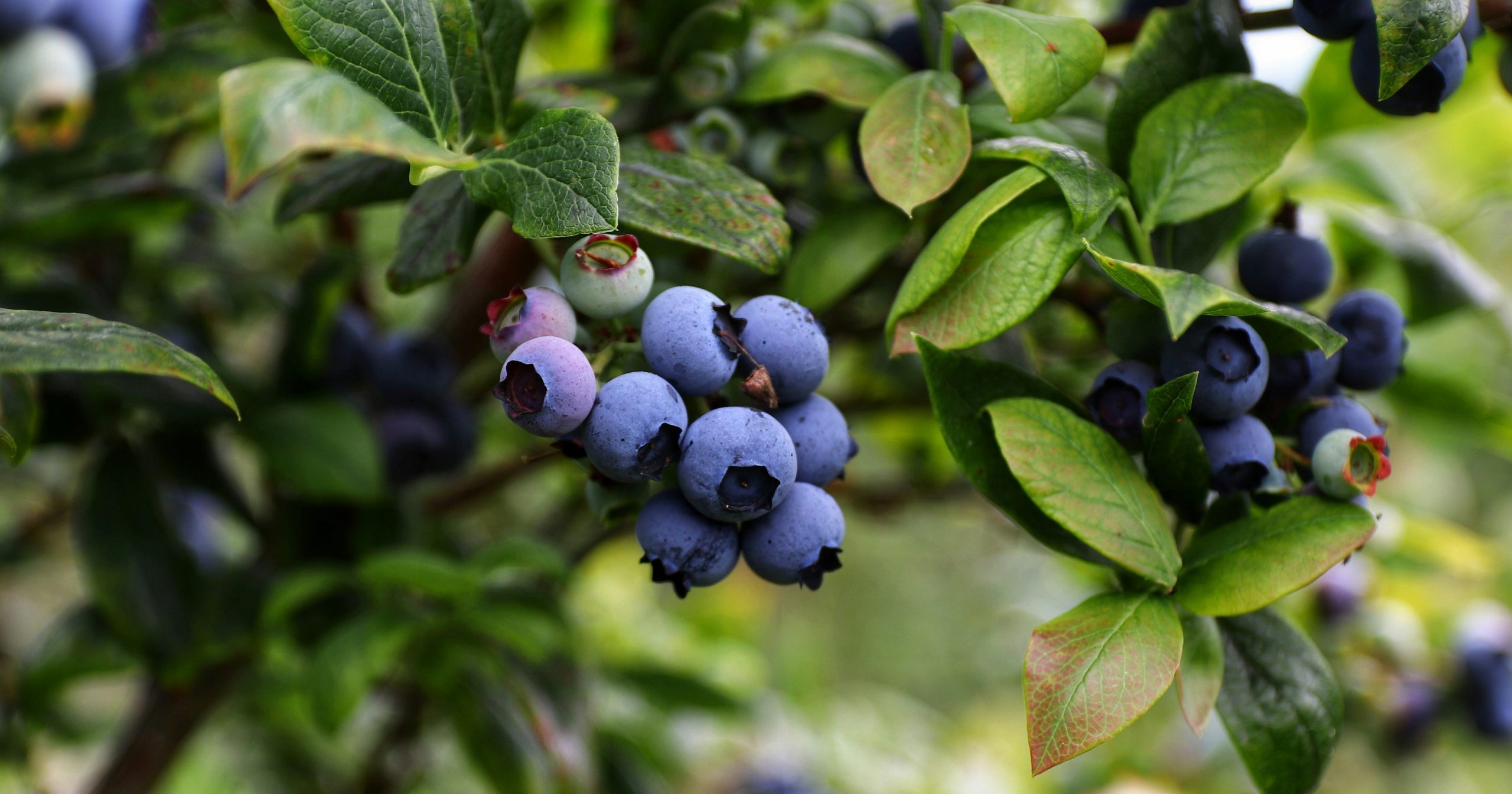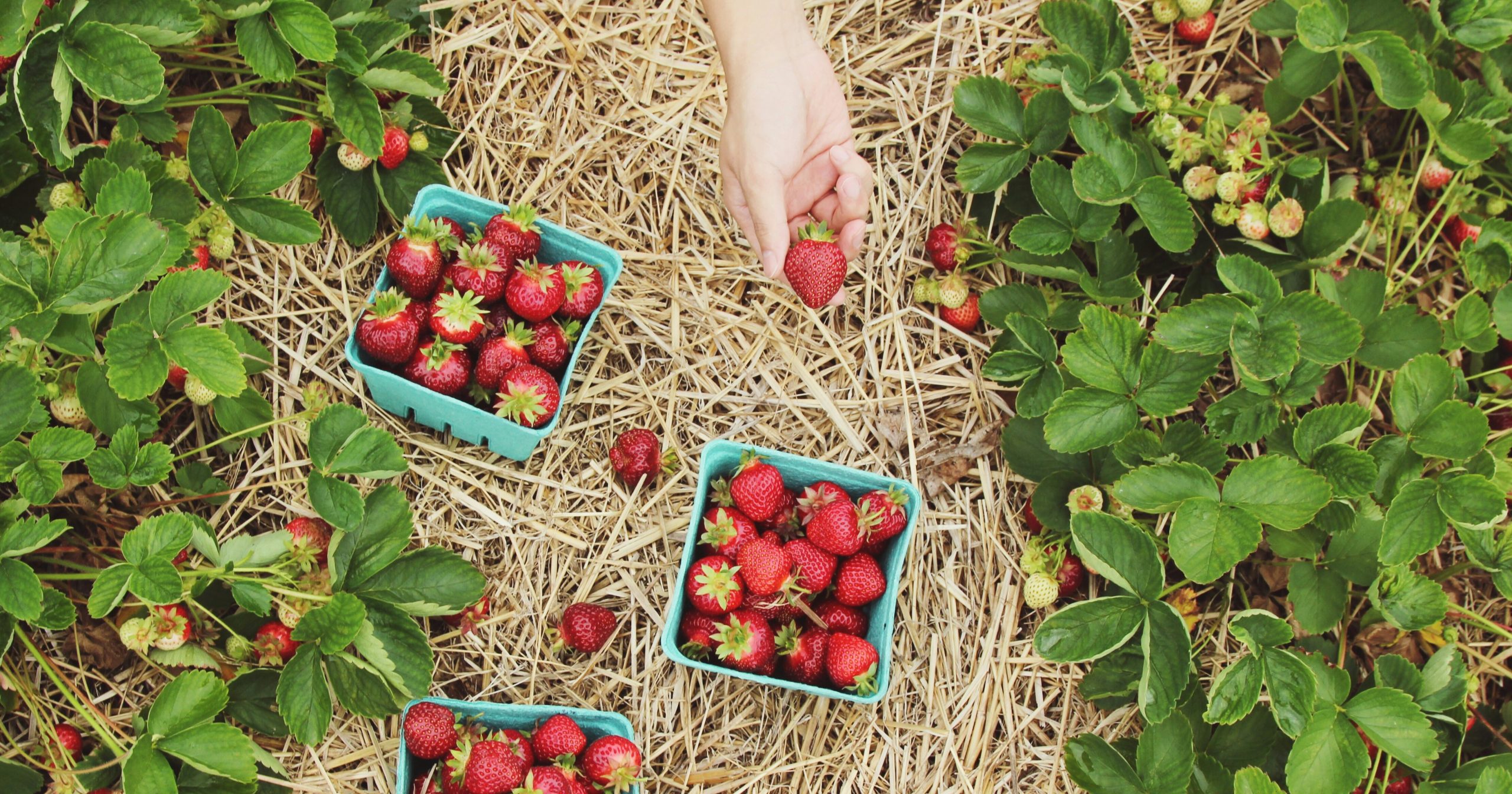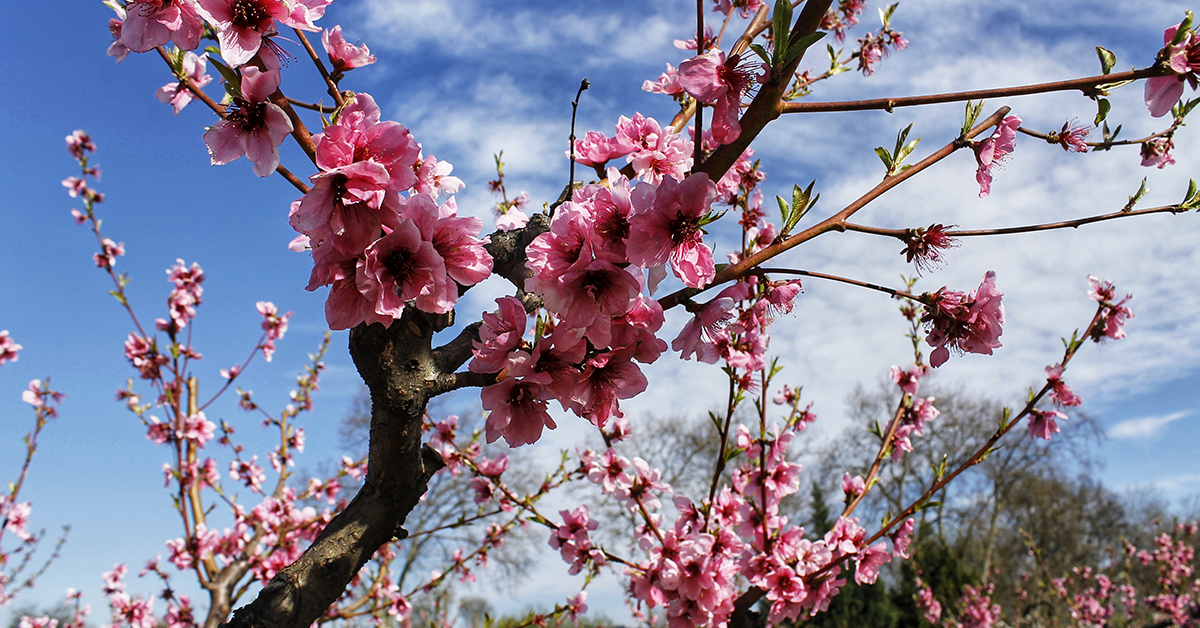Bell peppers, with their vibrant colors and crisp, sweet flavor, are a staple in many kitchens. One of the most common questions I get about this vegetable is: How many bell peppers will my plant grow? Whether you’re a seasoned gardener or just starting your vegetable patch, understanding the potential yield of a bell pepper plant and learning how to optimize its productivity can greatly enhance your gardening experience.
In this article, we will explore how many bell peppers one plant can produce, common problems that can reduce your harvest, and effective strategies to get the most out of your bell pepper plant.
How many bell peppers can one pepper plant grow?
The yield of a bell pepper plant can vary depending on several factors, including the variety, growing conditions, care, and the length of the growing season. On average, a healthy and well-maintained bell pepper plant can produce between 6 to 8 bell peppers during a single growing season. However, it’s important to note that this number can significantly increase with optimal conditions and proper care.
Common Problems Affecting Harvest
If your bell pepper plant is struggling to produce any peppers, there are a few potential reasons for the reduced yield:
- Insufficient sunlight: Bell peppers thrive in full sunlight. Lack of adequate sunlight can stunt plant growth, reduce flowering, and ultimately lead to lower yields. Ensure that your pepper plant receives at least six to eight hours of direct sunlight each day.
- Inadequate watering: Overwatering or underwatering can adversely affect the health of your bell pepper plant. Inconsistent watering can lead to blossom end rot, fruit drop, and diminished yields. Provide regular and consistent watering, keeping the soil moist but not waterlogged.
- Nutrient deficiencies: Bell peppers are heavy feeders and require sufficient nutrients to support their growth and fruit development. Poor soil quality or nutrient deficiencies can result in reduced yields. Before planting, enrich the soil with organic matter and use a balanced fertilizer to provide the necessary nutrients throughout the growing season.
- Pests and diseases: Common pests such as aphids, caterpillars, and mites can damage bell pepper plants and their fruits, impacting productivity. Additionally, diseases like bacterial spot, powdery mildew, and blossom end rot can reduce yields. Implement proper pest management practices, such as regular inspections, organic pest control methods, and disease prevention techniques to protect your plants.
Get the Most out of Your Bell Pepper Plant
Start with healthy transplants: Begin with healthy seedlings or transplants from reputable sources. Ensure they are disease-free and well-rooted before transplanting them into your garden.
Proper spacing: Allow sufficient space between bell pepper plants to promote airflow, reduce the risk of diseases, and provide ample room for growth. Aim for a spacing of about 18-24 inches between plants.
Pruning and staking: Pruning your bell pepper plant by removing any non-productive or damaged branches helps redirect energy toward fruit production. Additionally, providing support with stakes or cages prevents branches from breaking under the weight of heavy fruits.
Consistent maintenance: Regularly monitor your bell pepper plants for any signs of pests, diseases, or nutrient deficiencies. Promptly address any issues to prevent them from affecting the overall health and productivity of your plants.
Proper harvesting techniques: Harvest bell peppers when they reach their desired size and color. Gently cut or twist the fruit from the plant to avoid damage to the stem or neighboring fruits. Regular harvesting encourages continuous production.
With proper care and attention, a single bell pepper plant can produce an abundant harvest of delicious and nutritious fruits. Understanding the factors that affect yield, such as sunlight, watering, nutrition, and pest management, allows you to address potential problems and optimize the productivity of your plants. By following the guidelines provided in this article, you can maximize your bell pepper harvest and enjoy a bountiful supply of these versatile vegetables straight from your garden.




